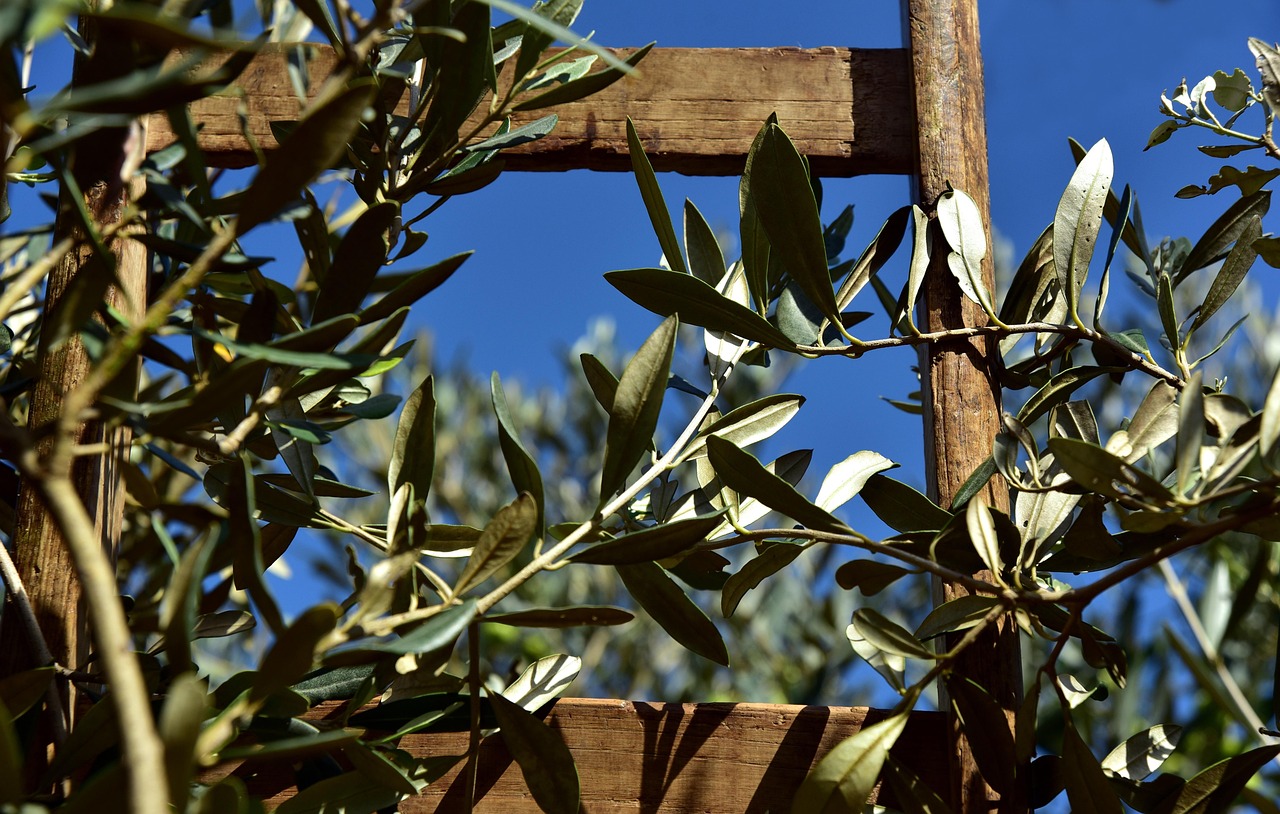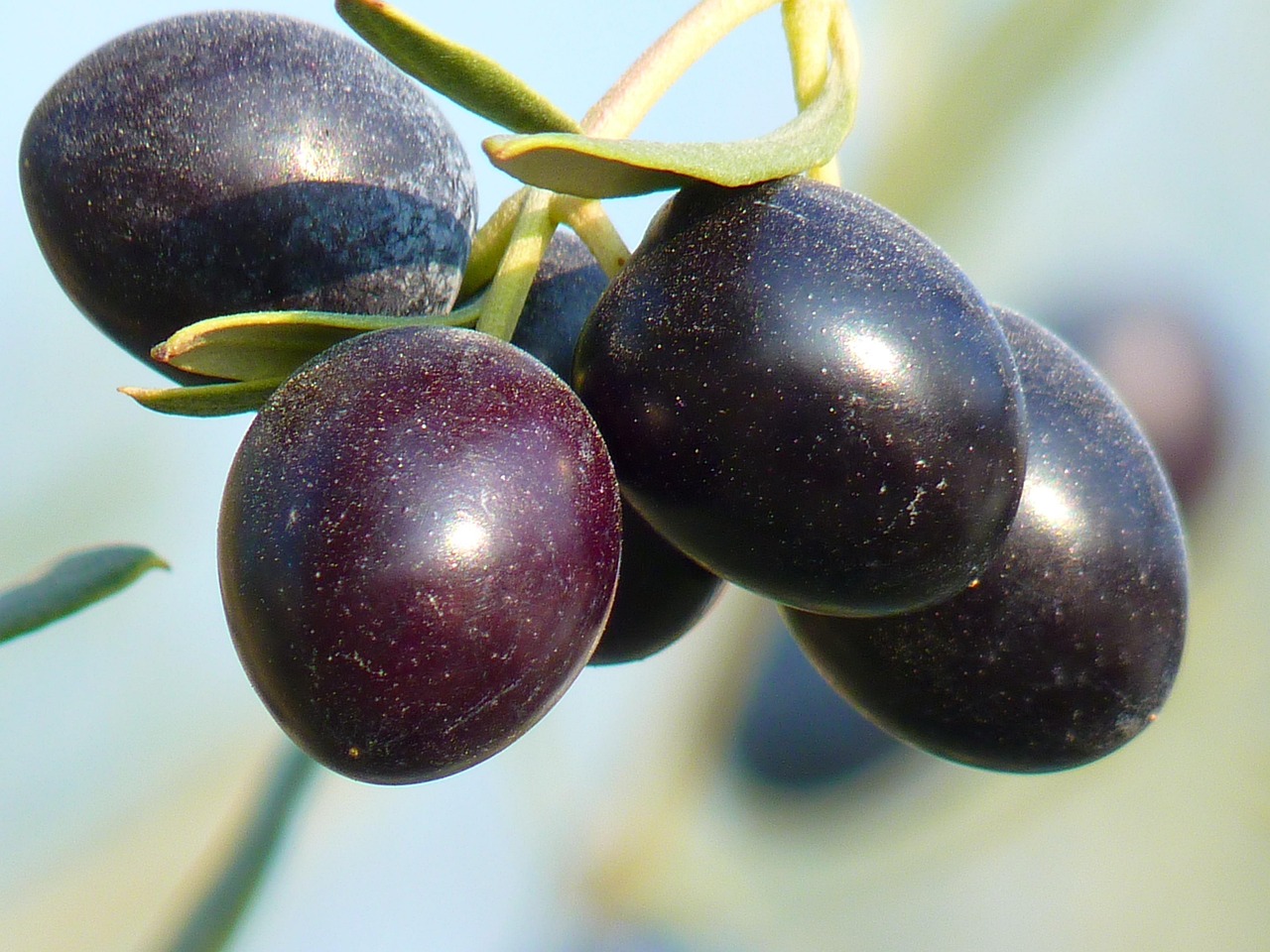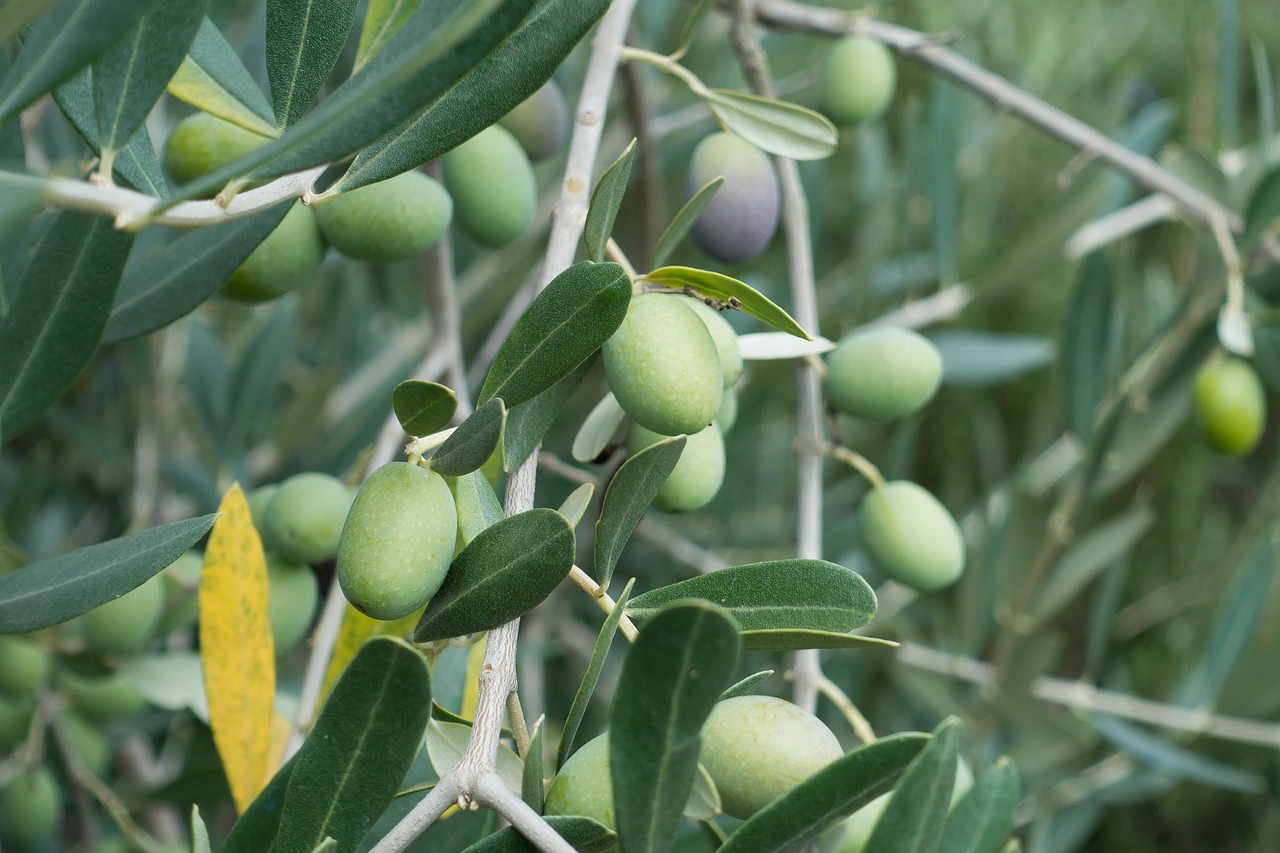Olive trees typically grow at a rate of 12 to 24 inches per year, depending on various factors such as the tree’s age, the climate, and soil conditions. With proper care, they can reach full maturity in 5 to 15 years.
Understanding Olive Tree Growth Rates
Olive trees, known scientifically as Olea europaea, are cherished for their fruit, which is used to produce olive oil and for table consumption. Their growth rates vary significantly based on several environmental and care factors. Understanding these factors is crucial for anyone looking to cultivate olive trees successfully.

Initially, olive trees grow relatively slowly. In their first few years, they may only gain a few inches in height annually. However, with the right conditions and care, their growth can accelerate significantly. Mature olive trees can reach impressive heights of up to 30 feet or more, depending on the variety and local conditions.
The growth rate of an olive tree can be influenced by several key factors:
- Age: Younger trees tend to grow faster as they establish their root systems.
- Climate: Olive trees thrive in warm, Mediterranean climates with mild winters.
- Soil Quality: Well-draining soil rich in nutrients supports healthy growth.
- Watering: Adequate irrigation is essential, especially during dry periods.
- Pruning: Regular pruning encourages better air circulation and sunlight exposure.
To provide a clearer picture of the growth rates, the following table outlines average yearly growth estimates for olive trees at different stages of their life cycle:

| Tree Age (Years) | Average Growth Rate (Inches per Year) | Estimated Total Height (Feet) |
|---|---|---|
| 1 | 6-12 | 0.5-1 |
| 2 | 12-18 | 1-2 |
| 3 | 18-24 | 2-3 |
| 4-5 | 24-36 | 3-5 |
| 6-10 | 36-48 | 5-8 |
| 11-15 | 12-24 | 8-15 |
The table demonstrates that olive trees experience their most significant growth during the early years. After reaching around five years of age, the growth rate begins to stabilize, although trees can continue to grow steadily for several more years. This pattern allows for a productive yield of olives once the trees mature fully.
It is also important to note that while olive trees can thrive in various environments, they do best in areas with full sun exposure and minimal frost. Proper site selection is essential for optimizing growth rates. Furthermore, incorporating practices such as mulching can help retain soil moisture and improve nutrient availability.
If you are considering planting olive trees, it’s beneficial to choose varieties that are well-suited to your climate. Popular cultivars include Arbequina, Manzanilla, and Kalamata. Each variety has its unique characteristics and growth requirements, making it essential to research before planting.

Lastly, understanding the expected growth rate of olive trees can also help with long-term planning. Whether you are growing them for personal use or commercial production, knowing how quickly they will grow allows for better management of resources and expectations.
This overview of olive tree growth rates provides a solid foundation for anyone interested in cultivating these remarkable trees. As we delve deeper into this topic, we will explore additional factors influencing growth rates and tips for successful olive tree cultivation.
Factors Influencing Olive Tree Growth Rates
Several factors contribute to the growth rates of olive trees. Understanding these elements can help growers create an optimal environment for their trees. Here, we will explore key influences, including soil type, climate conditions, water availability, and tree care practices.

Soil Type and Quality
The type of soil in which olive trees are planted plays a significant role in their growth. Olive trees prefer well-draining soils that are rich in organic matter. Here are some important points about soil quality:
- pH Level: Olive trees thrive in slightly alkaline to neutral soils with a pH level between 6 and 8.
- Nutrient Content: Soil should be rich in nutrients like nitrogen, phosphorus, and potassium to support healthy growth.
- Drainage: Poorly draining soils can lead to root rot and hinder growth.
Regular soil testing can help determine nutrient levels and pH, allowing for appropriate amendments to enhance soil quality.
Climate Conditions
Olive trees are native to the Mediterranean region, which means they flourish in warm climates. Several climate factors can affect their growth:
- Temperature: Ideal temperatures for olive tree growth range between 60°F to 80°F. Extremes in temperature can slow growth.
- Sunlight: Full sun exposure is crucial. Olive trees need at least six hours of direct sunlight daily for vigorous growth.
- Humidity: Moderate humidity levels are beneficial. Excessive moisture can increase the risk of fungal diseases.
Planting olive trees in regions that mimic their native environment will generally lead to better growth outcomes.
Water Availability
Water management is critical for the healthy growth of olive trees. Although olive trees are drought-tolerant, they still require adequate moisture, especially during their early years. Consider these watering practices:
- Irrigation: Young trees need regular watering to establish strong roots. Drip irrigation is often recommended for efficiency.
- Dry Periods: During dry spells, supplemental watering can help maintain growth rates.
- Soil Moisture Monitoring: Checking soil moisture levels can prevent overwatering or underwatering.
Balancing water availability is essential to prevent stress on the trees, which can impact their growth rates adversely.
Tree Care Practices
Caring for olive trees properly can enhance their growth and overall health. Some effective practices include:
- Pruning: Regular pruning helps shape the tree and improve air circulation. It also promotes better fruit production.
- Pest Control: Monitoring for pests and diseases is crucial. Early intervention can prevent severe damage.
- Fertilizing: Applying a balanced fertilizer during the growing season can boost nutrient availability and support growth.
Implementing these care practices consistently can lead to a healthier tree that grows more rapidly.
The Role of Fertilization in Growth Rates
Fertilization is an integral part of olive tree care that directly impacts growth rates. Understanding when and how to fertilize is vital for optimal development. Here is an overview of fertilization practices:
Types of Fertilizers
Choosing the right fertilizer can significantly affect the growth of olive trees. There are two main types of fertilizers:
- Organic Fertilizers: These include compost, manure, and bone meal. They improve soil structure and provide slow-release nutrients.
- Synthetic Fertilizers: These are chemically formulated and provide quick nutrient uptake but may require careful application to avoid burning the roots.
A balanced fertilizer with equal parts nitrogen, phosphorus, and potassium (N-P-K) is often recommended for olive trees during their growing season.
Application Timing
The timing of fertilization is just as important as the type used. Key points include:
- Spring Application: Fertilizing in early spring supports new growth as the tree emerges from dormancy.
- Frequency: It is typically suggested to fertilize once or twice a year, depending on soil nutrient levels.
Caring for olive trees with proper fertilization techniques can lead to improved growth rates and healthier yields over time.
Common Diseases and Pests Affecting Olive Trees
Like any other plant, olive trees are susceptible to various diseases and pests that can impact their growth rates and overall health. Identifying these threats early is crucial for effective management and maintaining the vitality of your olive trees. This section will examine some common issues and how to address them.
Diseases
Several diseases can affect olive trees, often leading to reduced growth or even tree death if not managed properly. Here are some prevalent diseases:
- Olive Knot: Caused by the bacterium Pseudomonas savastanoi, this disease results in galls or knots on branches and can hinder tree growth. Treatment includes pruning affected areas and applying appropriate bactericides.
- Verticillium Wilt: This fungal disease causes wilting leaves and yellowing, starting from the lower leaves. Managing soil health and using resistant varieties can help mitigate this issue.
- Leaf Spot: Fungal infections can lead to dark spots on leaves, affecting photosynthesis. Regular monitoring and the application of fungicides can help manage leaf spot infections.
- Root Rot: Often caused by overwatering or poorly drained soil, root rot leads to yellowing leaves and can ultimately kill the tree. Ensuring good drainage and avoiding excessive irrigation can prevent this disease.
Pests
Pests are another significant threat to olive trees. Some of the most common pests include:
- Olive Fruit Fly: This pest lays eggs in the fruit, causing premature drop and reduced yield. Use traps or insecticides to manage populations effectively.
- Scale Insects: These tiny insects can weaken trees by sucking out sap. Regular monitoring and applying horticultural oils can help control scale infestations.
- Spider Mites: These pests thrive in hot, dry conditions and cause stippling on leaves. Increasing humidity around the trees and using miticides can help manage spider mite populations.
- Leafhoppers: These insects feed on sap and can transmit diseases. Implementing integrated pest management strategies can help control their numbers.
Cultivating Healthy Olive Trees
To ensure robust growth rates and high-quality yields, it is essential to cultivate healthy olive trees. This involves a comprehensive approach that encompasses the right planting techniques, ongoing care, and environmental considerations.
Planting Techniques
The initial planting of olive trees significantly impacts their future growth. Consider the following guidelines for successful planting:
- Selecting the Right Location: Choose a sunny spot with well-draining soil. Avoid low areas where water may accumulate.
- Spacing: Provide adequate space between trees, generally around 15 to 20 feet, to allow for proper air circulation and sunlight penetration.
- Soil Preparation: Before planting, amend the soil with organic matter to improve fertility and structure.
Water Management
Effective water management is vital for healthy growth. Here are some best practices:
- Establishing a Watering Schedule: During the first few years, young trees require regular watering. As they mature, reduce frequency while allowing deep watering sessions.
- Mulching: Apply a layer of mulch around the base of the tree to retain moisture and suppress weed growth.
- Drought Tolerance: Once established, olive trees can tolerate drought conditions, but prolonged stress can affect growth and fruit production.
Monitoring Growth and Health
Regular monitoring of olive trees is essential for identifying issues early. Here are some strategies for effective monitoring:
- Visual Inspections: Regularly check for signs of pests, diseases, or nutrient deficiencies by examining leaves, branches, and fruit.
- Growth Tracking: Keep records of growth rates annually to identify trends and make necessary adjustments in care practices.
- Soil Testing: Conduct soil tests periodically to ensure nutrient levels remain optimal for growth.
By following these cultivation practices, growers can foster healthy olive trees that thrive in their environment, ultimately leading to improved growth rates and fruitful harvests.
Additional Best Practices for Olive Tree Cultivation
Beyond the essential practices already discussed, there are several additional strategies that can contribute to the successful growth of olive trees. These practices ensure that the trees not only grow at optimal rates but also produce high-quality olives.
Choosing the Right Varieties
Selecting the appropriate olive tree variety for your specific climate and soil type is crucial. Here are some popular varieties and their characteristics:
- Arbequina: Known for its adaptability and disease resistance, this small tree produces high-quality, flavorful olives.
- Manzanilla: This variety is prized for its table olives and grows well in various climates.
- Kalamata: A larger tree that yields dark purple olives, this variety is renowned for its rich flavor and is often used for oil production.
- Frantoio: Native to Italy, this variety is known for its high oil content and excellent flavor profile.
Researching local conditions and consulting with local nurseries can help you choose the best variety for your region.
Seasonal Care Adjustments
As seasons change, so do the care requirements of olive trees. Adjusting care routines according to seasonal needs can optimize growth:
- Spring: Focus on fertilizing and pruning. This is the time when growth begins, and trees need nutrients to support new shoots.
- Summer: Monitor water levels closely. During hot months, ensure adequate irrigation while avoiding waterlogging.
- Fall: Prepare trees for dormancy by reducing watering and applying mulch to protect roots during winter.
- Winter: While olive trees require little water during dormancy, continue monitoring for pests and diseases.
The Importance of Harvesting Techniques
Harvesting olives at the right time can maximize both the quality of the olives and the oil produced. Here are some considerations:
- Timing: Harvest olives when they reach optimal ripeness, which may vary by variety. For example, green olives are typically harvested earlier than fully ripe ones.
- Method: Use gentle methods to avoid bruising. Hand-picking or using specialized tools can reduce damage to the fruit.
- Storage: Once harvested, store olives properly to maintain freshness before processing into oil or curing.
Effective harvesting techniques contribute to better yields and higher quality products, enhancing the overall success of olive production.
Final Thoughts
The growth rate of olive trees is influenced by a variety of factors including soil quality, climate conditions, water availability, and proper care practices. Understanding these aspects allows growers to create an optimal environment for their olive trees, leading to healthier growth and increased yields.
Regular monitoring of tree health and adopting best practices for cultivation can significantly enhance growth rates and fruit quality. Choosing the right variety suited to local conditions, adjusting care according to seasonal changes, and employing effective harvesting techniques are all crucial elements for successful olive farming.
With patience and proper management, olive trees can thrive, providing not just a beautiful addition to the landscape but also a bountiful harvest of olives for years to come. As interest in sustainable and home-based agriculture grows, olive cultivation presents an exciting opportunity for both hobbyists and commercial growers alike.
By integrating all these practices, both novice and experienced growers can look forward to successful olive production that meets their personal or commercial needs while contributing positively to their local ecosystems.
